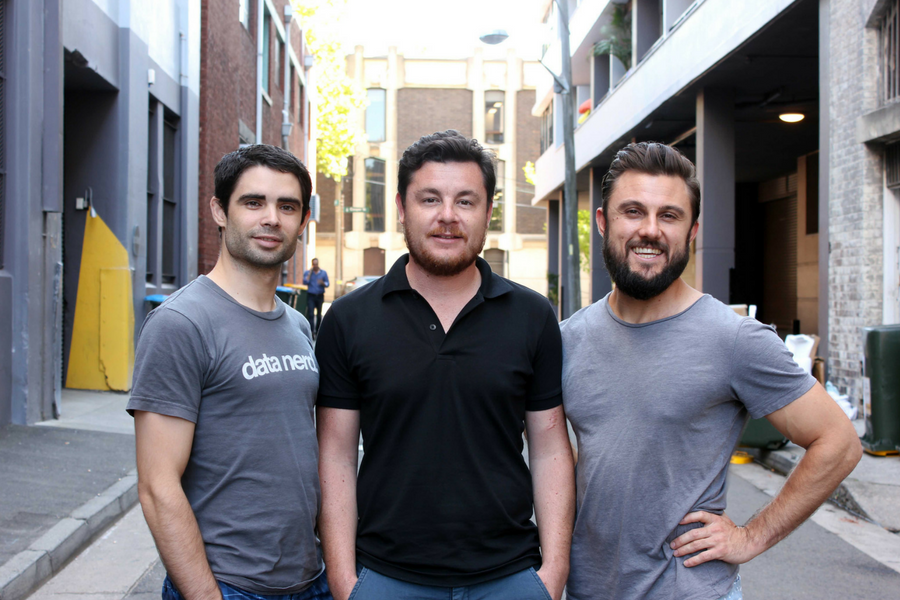Back in 2014 Sydney startup Sherpa came into the market as yet another delivery business. Similar to Uber’s work for yourself model, the platform allowed anyone to earn some extra cash by becoming a personal courier. With the delivery space boasting competitors like Australia Post, Shippit, Zipments, Temando and Sendle, this market seemed like the last place a startup with no money would want to enter.
“We started Sherpa in a lounge room back in 2014. We launched it officially when were still in our lounge room in April 2015, when we had a shonky app that hardly worked and had no money,” admitted cofounder of Sherpa, Ben Nowlan.
However, not long after launch Sherpa started raising some money, bringing on $1.58 million in funding. Up until now this investment has allowed the startup to build out their product and work on what really mattered – last mile delivery.
“Last mile is really the key for the future. We’re getting into better real time technology with better mapping, and then in the future we will have autonomous vehicles, so to me last mile is all about getting to the customer as efficiently as you can,” explained Nowlan.
To create a world first marketplace for last mile tracking, Sherpa has recently launched a new platform called Sherpa Fleet. The platform is a management service for a company’s existing fleet, but also has the capacity for third parties to tap into that fleet.
There are three key features of Sherpa Fleet that are all made possible from Sherpa’s own in-house tech. The platform provides businesses with end-to-end fleet management and controls the delivery from the moment an order is created, right down to turn-by-turn driver delivery instructions.
The second feature is its delivery engine, which gives retailers and customers to the minute estimated time of delivery, combined with SMS delivery notifications, driver ratings, and real time communication with drivers. The entire delivery process is automated by Sherpa Fleet, allowing both retailers and customers to know exactly where the delivery is.
The third feature that pulls everything into place is auto-dispatch. Sherpa’s management software streamlines the delivery process to make it as efficient as possible. Sherpa Fleet’s technology can calculate optimal routes and auto-suggest dispatch and delivery times based on the customer’s needs.
Sherpa’s existing platform already operates as a national business with 20,000 small and large businesses using the platform. So far the startup has completed 120,000 deliveries and has over 5,000 drivers that are ready for dispatch.
“Most people think that Sherpa went out there and became a little crowdsourced delivery business, but in reality of course we always had much bigger dreams,” said Nowlan.
When thinking of the future of delivery we see autonomous vehicles and drones. It’s a tech-based future that will no longer rely on the foot soldiers of delivery – the drivers. It’s a future that questions what will happen to many of these startups that aggregate delivery drivers, even pushing startups like Uber and Deliveroo to question who they will connect with customers: will Deliveroo’s riders be replaced with autonomous ebikes, will Uber manage a fleet of autonomous cars or drones?
Nowlan explained this is the very reason why Sherpa has been so focused on the tech side of things.
“That’s also why we’ve never been focused on building a delivery business, we’ve been focused on building product to solve last mile delivery. In three years, if we have to start looking at involving drones, the answer is yes,” he said.
“We’re on the cusp of knowing what’s happening in our space, and having a platform approach is accepting that we need to be at the forefront when that becomes a reality,” he added.
Currently Sherpa is in the midst of a capital raising round of $2 million, which is likely to close just before Christmas. In terms of Sherpa Fleet, the startup has a goal of acquiring 1,000 paid customers by mid-way through next year. Most of these customers Nowlan expects will come from the existing platform and there are also a few international partnerships to be rolled out that are yet to be disclosed.
Image: Bastien Vetault, Mathieu Cornillon and Ben Nowlan. Source: Supplied.




















Trending
Daily startup news and insights, delivered to your inbox.